Nuclear no-brainer for self-imposed energy crisis
The political battle will be ferocious but the outcome will be abundant energy, no emissions.
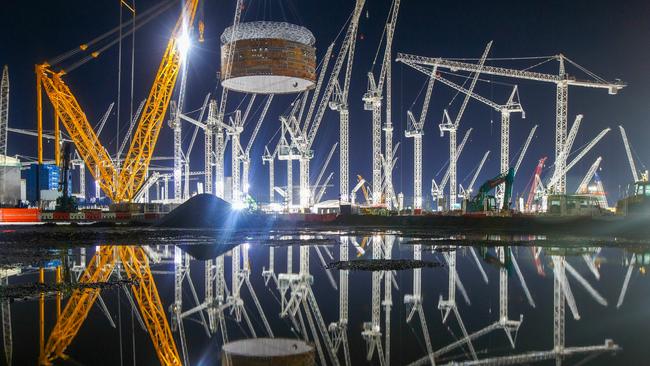
The partisan contest over domestic nuclear energy is a battle over whether this energy-rich nation can reclaim the cheap, reliable electricity advantage that once flowed from our natural bounty and underpinned the modern economy on which our egalitarian society is built. Our self-imposed energy crisis now divides rich and poor, city and country, and blue collar and white collar.
The nuclear debate will not be easy for Peter Dutton and the Coalition because the opposition from Labor and the Greens will be emotive and relentless. Yet because the facts of the argument favour nuclear so strongly, a successful prosecution of the argument has not only the potential to deliver energy security but also to revive the Coalition’s fortunes and create convulsions on the Labor side where there will be a schism between the ideologically anti-nuke troglodytes and those who see the need to embrace modernity and a practical path to net zero.
Through the 1970s and ’80s Labor went from opposing all uranium mining to the illogicality of endorsing one mine only, and then, to facilitate John Bannon’s Labor government in South Australia and the enormous Roxby Downs project, adopting the absurd “three mines” policy.
A similar paradox already exists in the current Labor stance where the party endorses nuclear energy in Australian submarines moored in our harbours, but not nuclear energy generated on our shores.
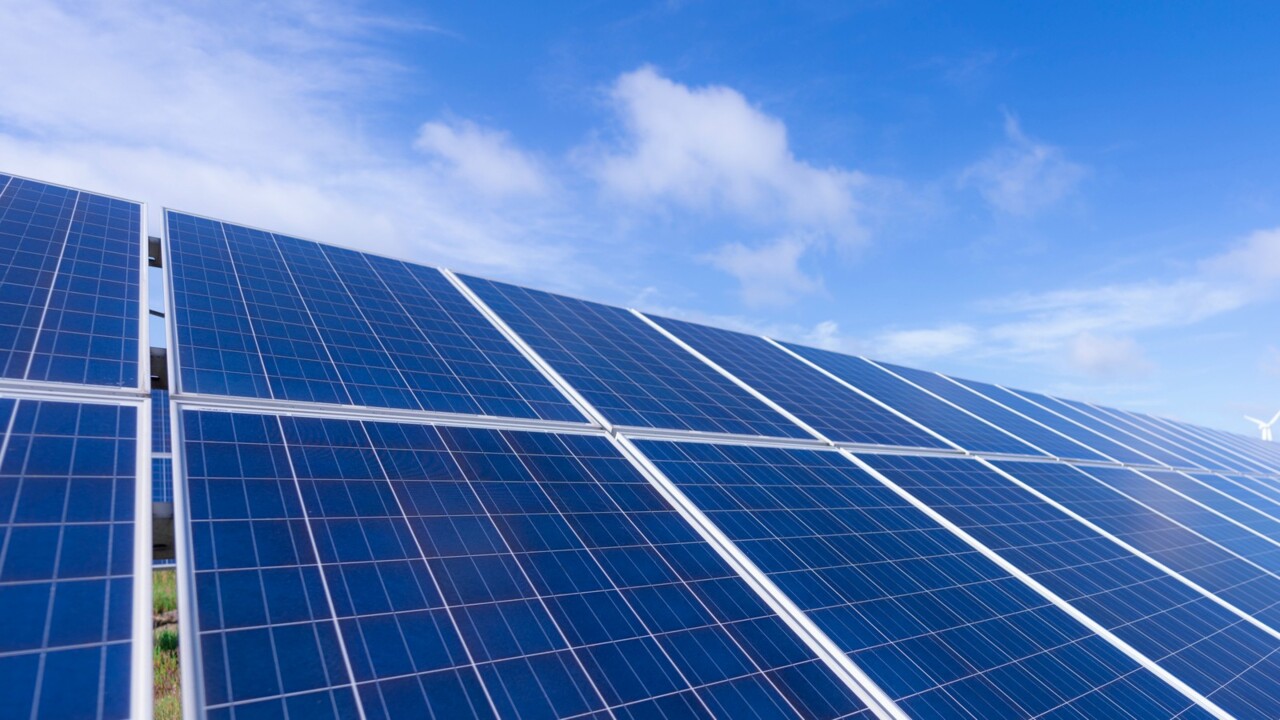
As recently as 2007, on the cusp of claiming government under Kevin Rudd, the ALP national conference hosted a passionate debate about allowing additional uranium mines (if three mines were OK why not more?). Anthony Albanese unsuccessfully led the opposition to this policy change.
“Delegates,” said Albanese, “the light on the hill is not the glow of radiation from a nuclear waste dump.” His argument rested on concerns about waste and proliferation: “You can guarantee that uranium will lead to nuclear waste; you can’t guarantee it won’t lead to nuclear weapons.”
If that argument was stretching the bounds of rational argument back then, when countries such as France, Finland, South Korea, Argentina, Britain, Canada and the US were adequately dealing with both issues, then the arguments put forward by Albanese now, as Prime Minister, are ludicrous. He seems to have given up on the waste and proliferation fearmongering and just decided that what works in other developed economies cannot work here.
“Well, it doesn’t add up,” he told Adelaide radio FIVEAA this week. “I think nuclear power can work overseas and does work, I’ve got no problem at all.” And the critical problem in our country, according to Albanese, is cost.
“Well, no one has ever been prepared to put up a dollar, and that’s the truth of the matter, the market is what’s determining where that investment goes, and the market shows that renewables is the cheapest form of energy, and in South Australia in particular,” Albanese told FIVEAA, finishing off with what he must have thought was a clever nod to the local audience.
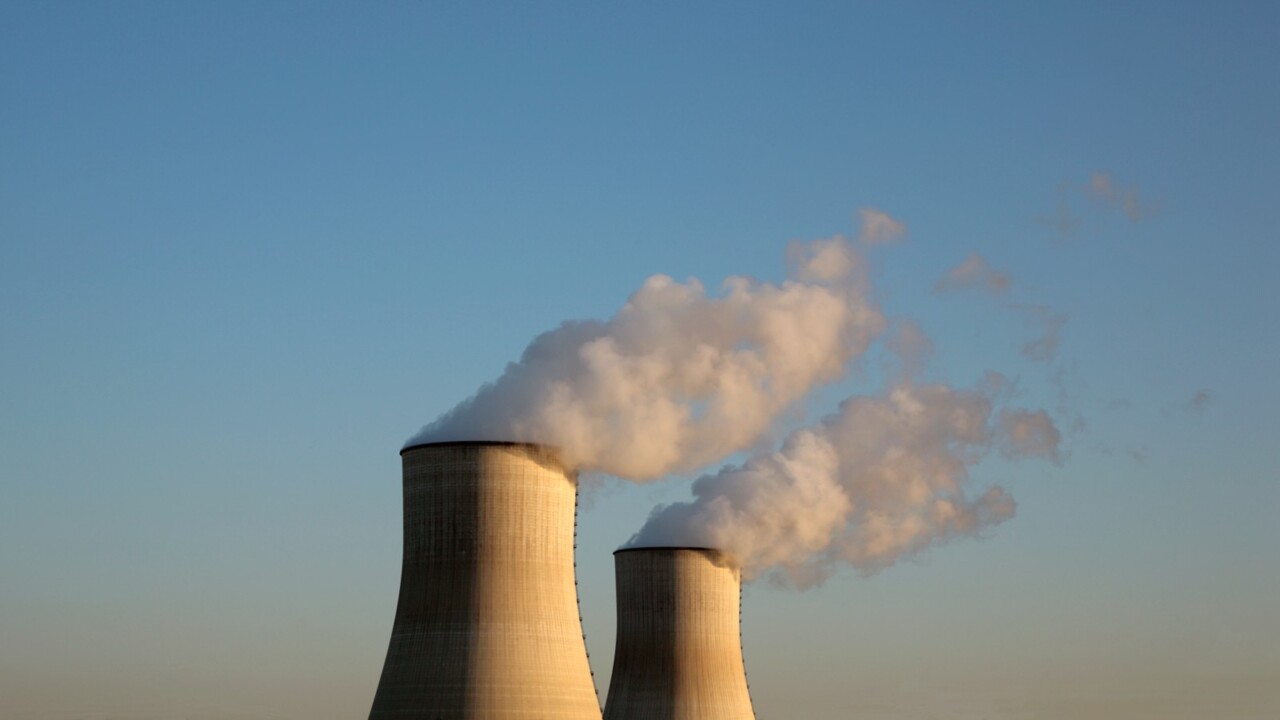
The trouble is that apart from having the largest penetration of renewable energy, SA also has the most expensive electricity – what a coincidence – and it is the only state to know the pain of a statewide electricity blackout. So SA is not such a good example. Especially given the same state has some of the largest known exploitable reserves of uranium in the world that it exports globally.
Besides, it is a fallacy to claim the market decides where energy investment goes – nuclear energy is banned by federal and state legislation, so it is those government-imposed restrictions that ensure no one can “put up a dollar”.
If Labor and Albanese are to make good on the pretence of a rational and agnostic approach to energy solutions, they must ensure all state and federal nuclear energy bans are repealed.
Even that would not be enough. The national energy market specifically is designed to favour renewable energy and exclude other sources, and the same rules that have helped force huge amounts of coal and gas-fired generation out of the market provide an impediment to nuclear.
This was identified by the groundbreaking Nuclear Fuel Cycle Royal Commission carried out by former SA governor and retired RAN rear admiral Kevin Scarce under Labor premier Jay Weatherill in 2016.
It recommended SA keep a watching brief on domestic energy opportunities that were not “commercially viable” under “current market rules”. The royal commission found the commercial viability was a close-run thing, declaring nuclear unviable at a cost of capital of 10 per cent but profitable at 6 per cent.
What if the NEM appropriately valued reliability alongside unit cost of electricity? And what if costs were estimated across 50 or 75 years when all renewable kit, including batteries and generators, would have to be replaced at least three times during the single life span of a nuclear generator?
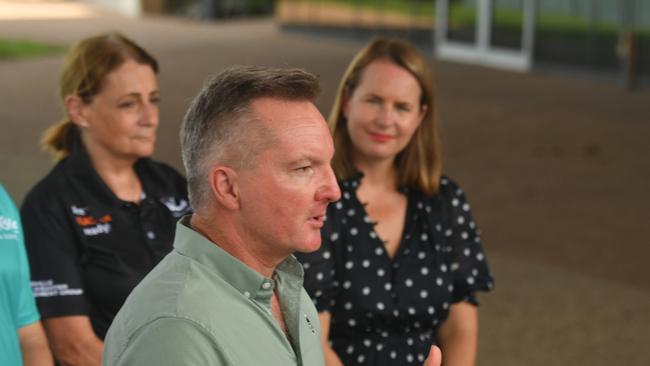
To get a reasonable assessment of investment opportunities Australia would have to repeal the nuclear bans and adjust electricity market settings.
The most recent market assessment of long-term, low-carbon energy costs by the International Energy Agency is favourable for newly constructed nuclear plants. “Nuclear thus remains the dispatchable low-carbon technology with the lowest expected costs in 2025,” it found.
A site at Murrays Beach on the southern headland of Jervis Bay in NSW was cleared for the construction of a nuclear energy plant in the early ’70s. It is now a handy carpark in what is a popular tourist area still administered by the ACT and used by our defence forces. Back then the Cold War leap into nuclear technology was put on ice because of our abundant coal and emerging gas supplies. If we had known about a looming need to reduce greenhouse gas emissions, no doubt the domestic nuclear energy would have proceeded and been well established now.
Even still, if we had grasped the nettle when global warming first became a global preoccupation in the ’90s, we could have had nuclear plants operational here a decade ago. There is no point in lamenting the years lost, it merely underscores the need to hasten sensibly now.
One critique we hear from the Climate Change and Energy Minister Chris Bowen is that nuclear is “too slow and too expensive”. This takes a fair amount of chutzpah given we have spent more than $100bn and at least 25 years on a renewables frolic that has only increased energy costs and undermined energy security.
Bowen is persisting with the Snowy 2.0 pumped-hydro project, which is likely to cost $20bn and take at least a decade to complete – if it succeeds. Even then it will not provide additional generation capacity, just store renewable energy for when we need to use it. Too slow, too expensive and for too little.
The United Arab Emirates began construction of a nuclear power plant in 2012 and it now has been operational for almost two years. This Barakah plant supplies up to 5600 megawatts, or about 25 per cent of UAE demand – a similar plant in Australia would supply close to 20 per cent of NEM peak demand.
Mining magnate Andrew “Twiggy” Forrest, who is in receipt of government subsidies for hydrogen projects, is a vocal Labor ally in the fight against nuclear. One of the complications with nuclear power is the excess electricity generated when it is not required – such as overnight – but this provides potential for hydrogen production or desalination at times of low demand. Undoubtedly our future energy mix must and will include renewables.
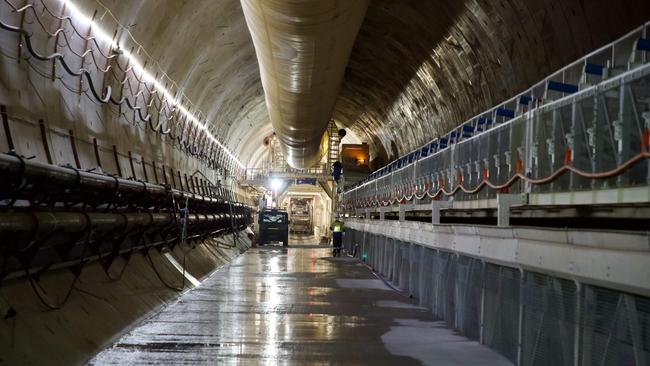
But politicians promising a renewables-plus-storage model are selling an experiment that has not been completed in any sophisticated economy and which even the IEA says is impossible with current technology. The IEA says half the effort to get to net zero by 2050 will have to come from technology currently in the development stage or not yet invented.
Unless, of course, we greatly expand nuclear energy. This is why 22 nations, including the US, Canada, Japan, Britain, Sweden, Finland, France, South Korea and the host nation, oil and gas-rich UAE, signed a pledge at the UN’s COP28 Climate Change Conference in Dubai last December to triple global nuclear energy output by 2050. They cited OECD Nuclear Energy Agency and World Nuclear Association studies showing the world needed this tripling to meet net zero.
It is truly odd that Labor wants to avert its eyes from these developments and play no role except to supply raw materials.
The green-left constantly tells us we are global climate laggards, that we are falling behind Europe, the US and the UK when it comes to emissions standards, emissions reductions goals and carbon trading and taxing, yet on nuclear these same people tell us that not only should we refuse to follow the developed world’s lead but also that we are not up to it.
It makes no sense, and it demonstrates that ideology or partisan point-scoring (or both) have got in the way of rational energy policy. If nuclear is essential for a global response, why would this nation decide it is too technically difficult for us to manage – especially when, simultaneously, we plan to deploy nuclear-propelled submarines as a major platform in our maritime defence?
What sort of a country would be one of the world’s leading uranium exporters and run a fleet of nuclear-propelled submarines but refuse to even consider domestic nuclear power?
It seems inconceivable, given we have always been an aspirational nation, that we would volunteer to exclude ourselves from one of the world’s most technologically sophisticated and important industries.
Labor and the renewables zealots claim we had a “wasted a decade” under the Coalition, and Albanese reckons he has taken Australia out of the “naughty corner” in global climate action talks. Yet they want us to continue to stand aside from the one known technology for reliable, long-term, zero emissions energy.
That SA royal commission destroyed many of the shibboleths of the anti-nuclear activists. It looked intently at safety, carefully considering modern operations and improved standards, and it found “nuclear power should not be discounted as an energy option on the basis of safety”.
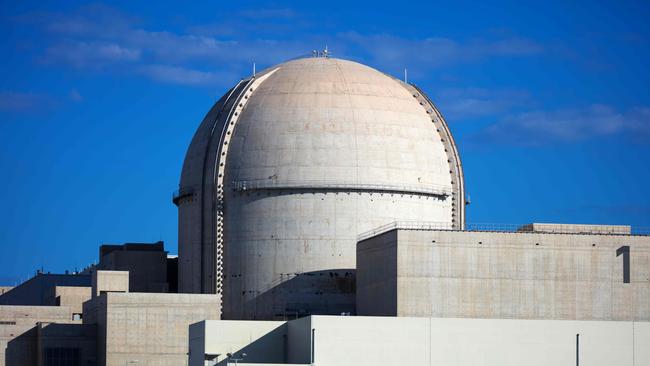
What about waste? Well, this is perhaps the most fascinating aspect; the Scarce report found that radioactive waste was not only something that could be efficiently handled and stored but that SA was perfectly placed to establish a global waste storage industry that would improve world nuclear security and deliver a multibillion-dollar economic benefit.
Scarce recommended the establishment of a “used nuclear fuel and intermediate-level waste storage and disposal” facility. Apart from doing the rest of the world a favour by storing this waste in a stable geological and political environment, calculations concluded this facility could generate a $445bn state wealth fund across 70 years.
The case is compelling, and it is only ever undone by politicking rather than rational arguments. In this case the Weatherill Labor government sought to outsource the implementation to a “citizens jury” and an opportunistic Coalition withdrew bipartisan support, so this promising initiative was killed off. You only have to look at the unsuccessful efforts across more than three decades to establish a national low-level radioactive waste repository to see how irrational and destructive the politics can be around any issue sporting that yellow and black radioactive symbol.
This reminds the Opposition Leader and the Coalition about what they are up against with their nuclear power plan.
Nothing could be clearer than the fact that Australia needs adequate, reliable, low-carbon electricity. All the evidence suggests we will need a mix of technologies but that it cannot be achieved without a substantial injection of nuclear energy.
This has been clear for decades. In 2013 I wrote in Adelaide’s The Advertiser that we could “replace all coal, gas and oil generation with the zero emissions silver bullet of nuclear”. Two years later I wrote about how the first nuclear power station should be at the top of Spencer Gulf, near Port Augusta, “where there is water, transmission lines and engagement with the uranium industry”, adding: “If ever we were convinced the problem (anthropogenic global warming) was dire, a global switch of fixed generation to nuclear would solve the carbon emissions problem over a few decades. This is why the green-left should embrace nuclear.”
In Britain, the US and Europe, former radical environmentalists such as Michael Shellenberger and Zion Lights have embraced nuclear energy because they recognise it is the only way to power a modern economy with energy available to all, without greenhouse gas emissions. It also avoids the large-scale alienation of farmland, forests and coastlines through wind, solar and transmission projects.
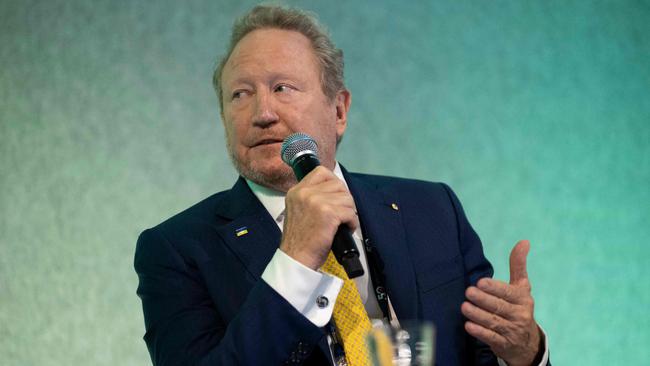
Bowen reduced the size of a proposed offshore wind energy site off the Victorian coast by 80 per cent this week because of environmental concerns. This is one victory for local fishing and environmental opponents, but there are dozens of similar battles awaiting – in Port Stephens and the Illawarra in NSW, over offshore wind; north Queensland over wind farms; Goulburn in NSW over solar factories; and central and western Victoria over transmission lines – and many more set to come.
Nuclear energy sited on former coal-generation sites – say, in NSW’s Hunter Valley, Victoria’s Latrobe Valley and SA’s Port Augusta – will not alienate any productive, attractive or environmentally important land and will not require vast new transmission lines.
The intensity of nuclear saves land, reduces additional environmental dilemmas, reduces transmission costs and saves even more resources because plants have lifespans of 75 years or more compared with 15 to 25 years for renewable equipment.
Dutton is doing the nation a great service by bringing this debate to a head. It seems to have been beyond us so far.
The whole anti-nuke vibe is really a boomer thing – a Cold War hangover. Millennials and Gen Z are more relaxed about nuclear because they are technically savvy and concerned about emissions. A debate focused on the facts will favour the Coalition plan if they argue it strongly.
Placed under sustained pressure, some Labor MPs could break ranks in this debate, following the logic of Bob Hawke rather than the inconsistency of Albanese – the powerful Australian Workers Union, underwriter of the Labor Right, has long favoured nuclear energy.
A bonus for the Coalition is that the nuclear argument could play well in the teal seats where there is an eagerness for climate action and a high degree of economic realism.
It is time for Australia to reclaim its energy-rich bounty.







Between now and the next election we will see an energy debate every bit as ferocious as the uranium mining debate of the 1970s and early ’80s that pulled at the seams of the Australian Labor Party. But this contest will be even more important for the country.